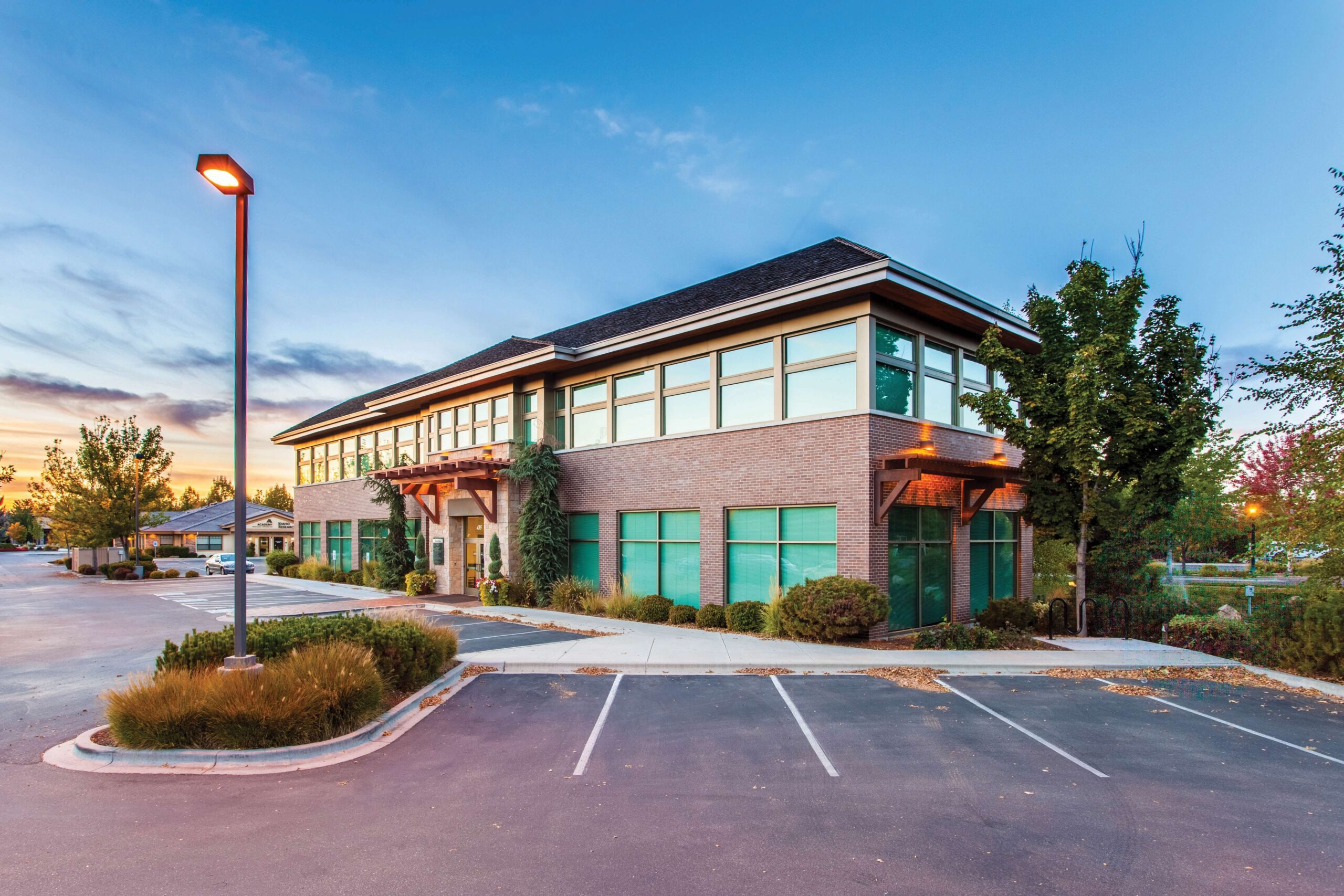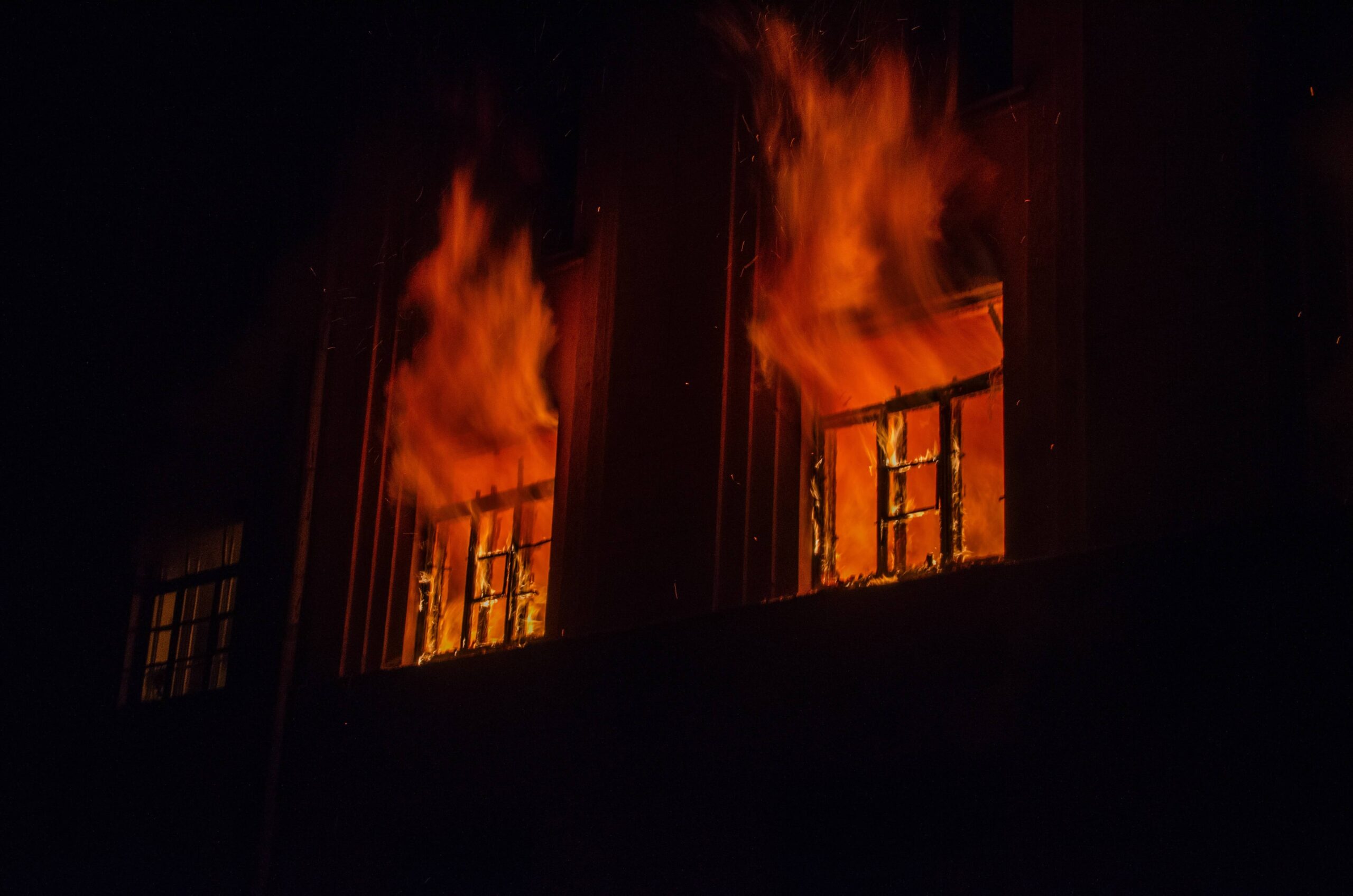June 30, 2024
Beyond Aesthetics: Combining Design and Functionality in Commercial Roofing
Many commercial property owners make the initial mistake of prioritizing aesthetics when
Firefighters do an excellent job of saving lives and preventing fires from spreading throughout buildings and nearby structures. However, despite their efforts, commercial and industrial facilities often require extensive cleaning in the aftermath. When a fire causes damage to a business facility, it’s not just the blaze that’s problematic. Smoke, soot, and damage from fire-combating water can destroy business documents and expensive equipment. With the help of an expert in business fire damage restoration, property owners won’t have to handle this task alone.
Unfortunately, most business owners don’t spend much time thinking about fire threats in their commercial properties unless they have firsthand experience. Whether you own a commercial or industrial facility, you’ll want to know the answers to the most asked questions about business fires.

Electrical fires are one of the leading causes of nonresidential building fires. They’re also the most expensive fires. Some of the causes of these fires include unattended appliances, faulty sockets, old faulty wiring, portable electric heaters, extension leads, overloading, lights, and light fittings.
Since it only takes one electrical appliance to cause a catastrophic disaster, owners of commercial premises should ensure that all lighting and electrical are operational and up-to-code. More importantly, preventing electrical fires requires property owners to ensure that electrical equipment and lighting are enough to meet the facility’s needs.
Contrary to popular belief, cooking-related fires don’t exclusively occur in restaurants. These fires can happen anywhere there’s a kitchen area. In most cases, the cause of cooking-related fires is a combination of appliance malfunctions and human error. For this reason, it’s best to ensure that all cooking equipment operates safely and that employees know how to suppress a fire.
Did you know that intentional fires make up many business fires? Since arson is the crime of willfully setting a building on fire, it usually causes significant damage to commercial property, injury, and death. Furthermore, arson attacks typically occur between 3 p.m. and midnight.
Someone may plan to commit arson if they’re a property owner committing insurance fraud, a former employee seeking revenge, an unsatisfied client, or a mentally unstable individual. Security, fire monitoring, and CCTV systems can help prevent arson attacks. It’s also best to take extra precautions by limiting access to authorized persons, staying alert, and locking up doors and windows.
Besides increasing the risk of health conditions, such as asthma and lung cancer, smoking poses a fire risk to commercial properties. When people carelessly dispose of cigarettes or cigars, these items can ignite other materials and cause business fires.
While prohibiting smoking on the business premises can help mitigate this risk, it won’t be effective without fully enforcing the rule. For this reason, it’s best to have a designated smoking area at a safe distance from the building and install proper receptacles for cigarette butts.

More damage occurs at the fire’s point of origin. Since building fires typically generate temperatures up to 2,000 degrees Fahrenheit, a business fire can cause the affected structures to expand significantly. This kind of expansion and movement usually results in cracking or structural damage.
While other concrete is resistant to fire, subjection to certain temperatures will still compromise its strength. For instance, this material loses some of its compressive strength once the temperature reaches around 1,112 degrees Fahrenheit. At approximately 1,832 degrees Fahrenheit, concrete elements lose all their strength.
It’s important to note that a fire can cause all types of building materials to lose their strength, whether it directly affects them or otherwise. Since they may not recover even after cooling, this damaging effect can be permanent.
Circumstances such as the temperature of the fire, location, and fueling materials can lead to smoke damage. Materials caught in a fire release a combination of chemicals, gases, and particles that make up smoke residue. Moreover, as the same fire progresses, it generates different forms of smoke and soot that come with their unique residue. The types of smoke damage include dry smoke, protein residue, fuel or oil residue, and wet smoke.
When paper or wood fuels high temperatures, they produce a fast-burning effect that creates dry smoke. Since dry smoke has a powdery texture, it doesn’t smear when being wiped. However, dry smoke falls into cracks and penetrates porous materials, such as tiles. Without thorough cleaning, it can cause considerable damage to wiring, leading to prolonged electrical damage.
Low-heat fires cause organic materials to evaporate and produce protein residue. Although this type of smoke damage is invisible, it can permanently discolor painted, varnished, and finished surfaces. Additionally, it has an intensely unpleasant smell.
Also known as fuel residue, this type of smoke damage isn’t common in ordinary businesses unless the facility stores petroleum products within its premises. Since oil residue is dense and sticky, it’s often challenging to clean. It also has a strong and offensive residue that can cause irreversible damage to upholstered furniture and carpeting.
Wet smoke from low-heat smoldering fires is often fueled by rubber and plastic materials that produce thick, black smoke with fewer flames than dry materials. Moreover, wet smoke is usually difficult to clean because it has a sticky and dense residue that smears other areas.
Since soot and ash are highly acidic, they corrode vulnerable surfaces, such as metal, glass, and plastic components. These substrates have pores that open when subjected to the heat of a fire. During the process, the soot particles penetrate their outer layers, leading to corrosion.
Rust, a type of corrosion, occurs when metal surfaces come into contact with soot and ash. While glass and plastic don’t rust in response to corrosion, both substrates may deteriorate upon contact with highly acidic substances.
Third-Party Damage
A business fire brings a host of other issues and vulnerabilities. For example, the walls and floorboards begin to swell and warp until they rot or fall off when they absorb the water used to combat the flames, the chemicals in the fire, or its extinguisher.

Fire and the harm it inflicts can constitute a life-changing event. However, understanding the threats and the types of damage it causes to your commercial or industrial property can lead you to the experts in restoring business fire damage.
At BlueTeam, we specialize in commercial restoration, construction, and roofing for domestic and international clients. Our team of experienced technicians and specialists is trained in the proper techniques for assessing and addressing damages caused by fire. We can help you get your building back to its pre-loss condition. Contact us today to learn more about us and what we can do for you.